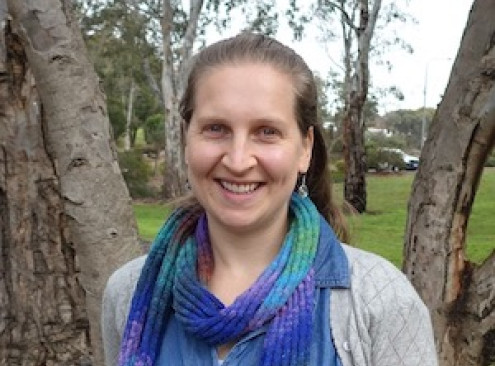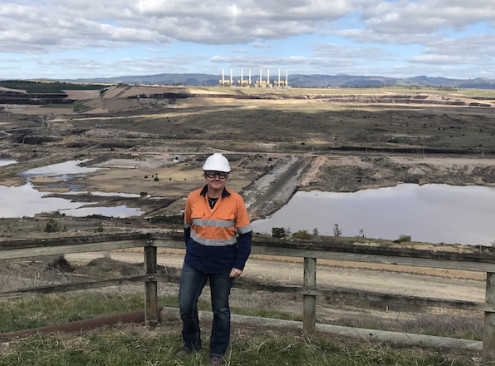© Pint of Science, 2025. All rights reserved.
Come and hear from top Deakin researchers about the new approaches they are taking to capturing harmful gases and using the body’s own gas to treat disease.
From Toxic to Treatment: the Hydrogen Sulfide Story.
Dr Bryony McNeill
(Senior Lecturer, Deakin University)
Although best known as a toxic industrial gas and the smelly by-product of our gut bacteria, this presentation will show another side of hydrogen sulfide: its role as an important biological signal and potential treatment for diabetes.
Dr Bryony McNeill is a senior lecturer and researcher at Deakin University School of Medicine. Since completing her PhD in 2012, Bryony has applied her knowledge of physiology to a range of contexts including agriculture, aquaculture, and human medicine.
Dr Bryony McNeill is a senior lecturer and researcher at Deakin University School of Medicine. Since completing her PhD in 2012, Bryony has applied her knowledge of physiology to a range of contexts including agriculture, aquaculture, and human medicine.

Locking Carbon Back in the Ground – How, Where, When?
Prof Wendy Timms
(Professor, Deakin University)
How to lock carbon back into the ground and our soils? Let’s check out options including planting trees, transforming waste, making biochar, boosting soil carbon, and deep-well injection of carbon underground. When can our planet reach carbon-zero? Here’s my path…
Wendy Timms works in water, waste and energy challenges as a Chartered Engineer (Civil, Environmental). She is Professor of Environmental Engineering at Deakin University, with active projects in sustainable use of water and waste, carbon storage and engineering under the ground. Her hands-on approach can get muddy!
Wendy Timms works in water, waste and energy challenges as a Chartered Engineer (Civil, Environmental). She is Professor of Environmental Engineering at Deakin University, with active projects in sustainable use of water and waste, carbon storage and engineering under the ground. Her hands-on approach can get muddy!

Map data © OpenStreetMap contributors.